November is the month where deer hunters get serious
This is the month when deer hunters start getting serious, whether they’re bowhunters who are currently hunting or gun hunters scouting areas for when that season opens November 20. This month kicks in the primary breeding season for deer (called the rut), and bucks will be busy seeking out receptive does, thereby often dropping their normally ultra-wariness while doing so, making them a bit more vulnerable.
Our whitetail rut starts in late October when the first does come into heat, peaks in November, then extends into December and sometimes even the first portion of January. Adult does may have three or more estrous cycles if they fail to breed on the first or second one, but most are bred by mid December.
There are as many opinions on how best to take advantage of the bucks’ breeding urges as there are choices of bows and rifle calibers. Some hunters feel that hunting along a buck’s scrape line is the most effective, while others prefer setting up along a rub line where the buck has rubbed his antlers on saplings and trees. Given the right circumstances and time spent, obviously both can produce a shot. The downside is the time that elapses between the buck’s visits to either of these locations. It might be hours or several days.

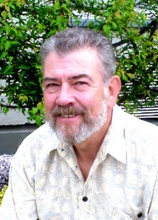

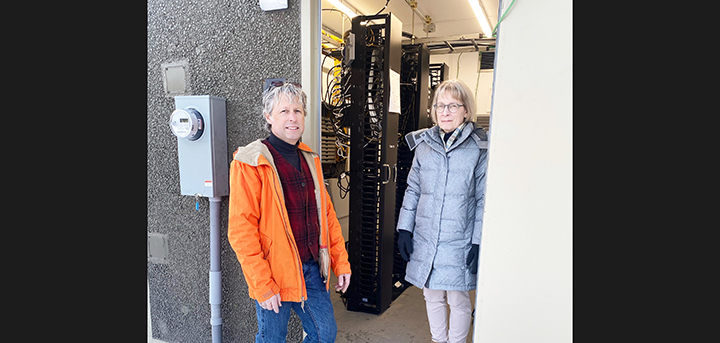
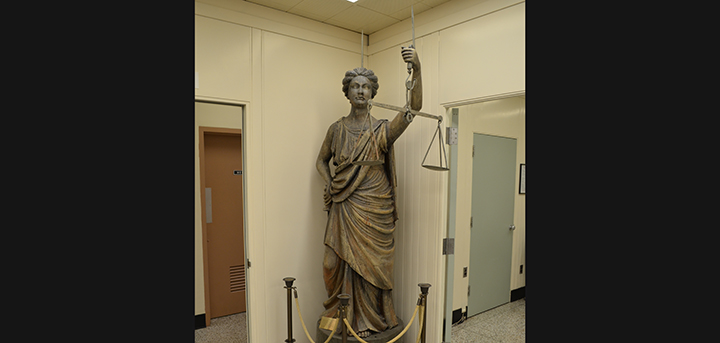
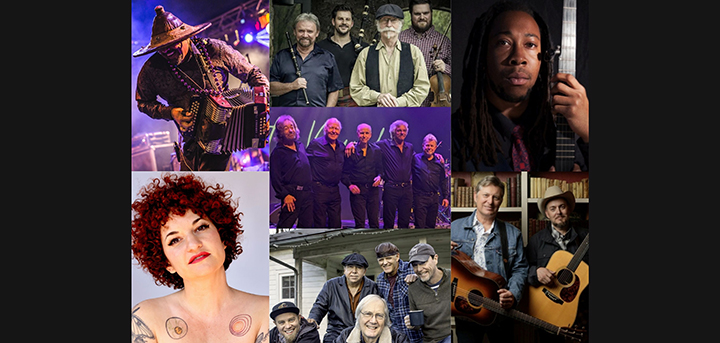
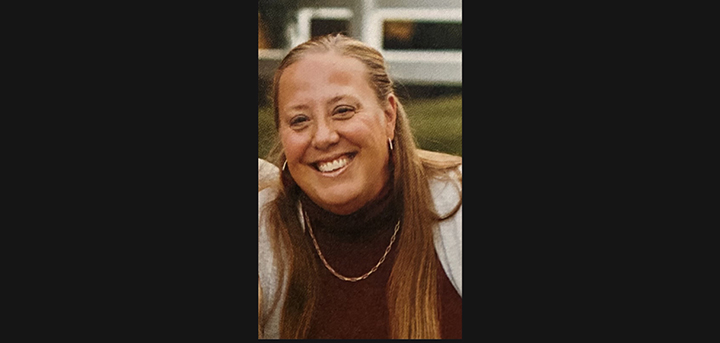

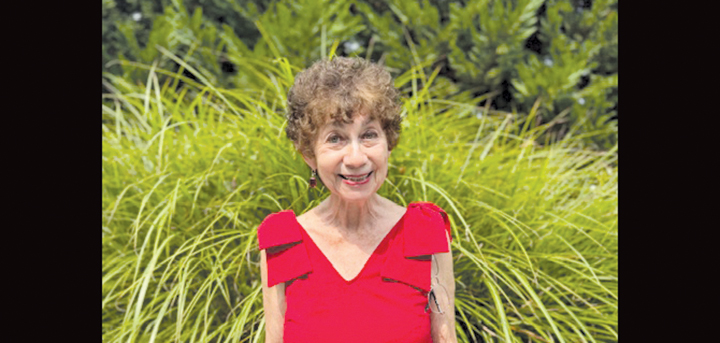
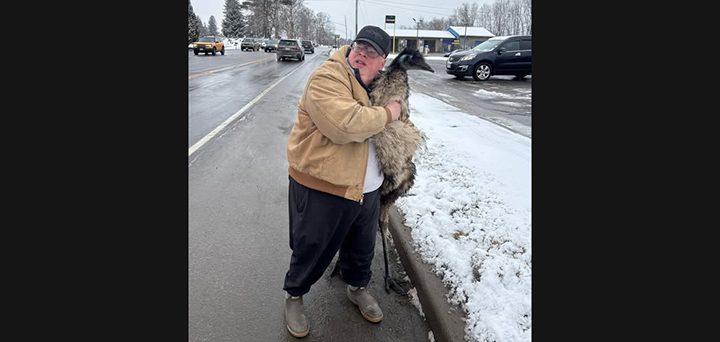

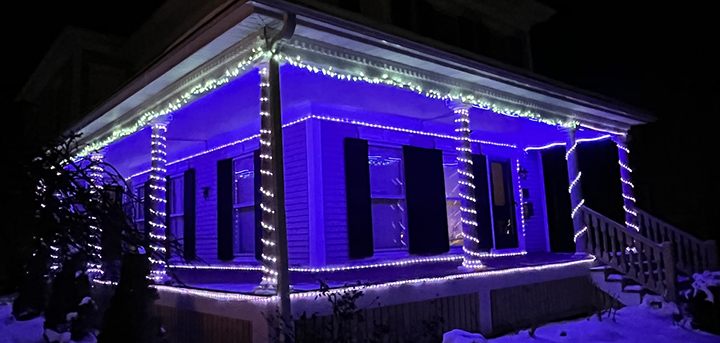
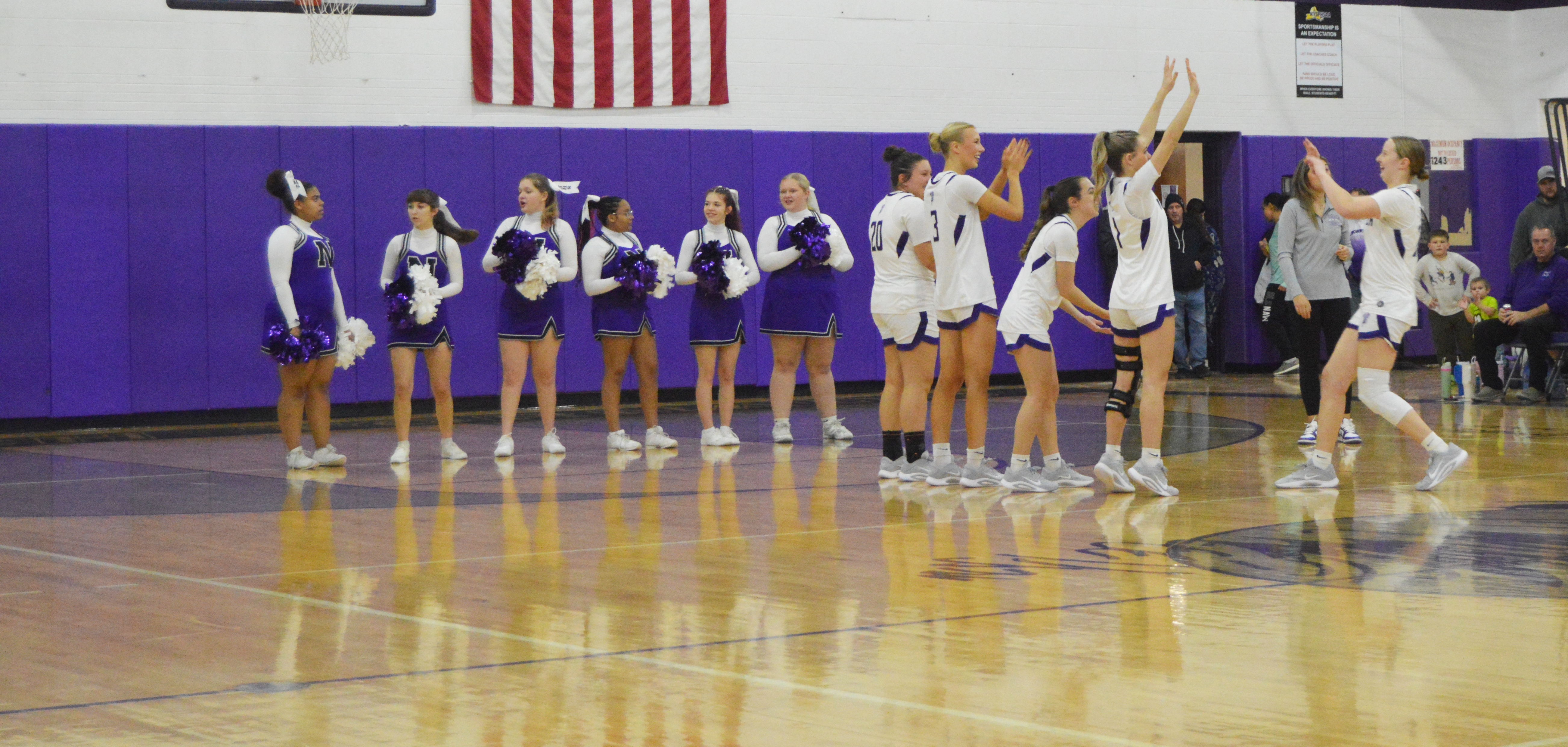

Comments